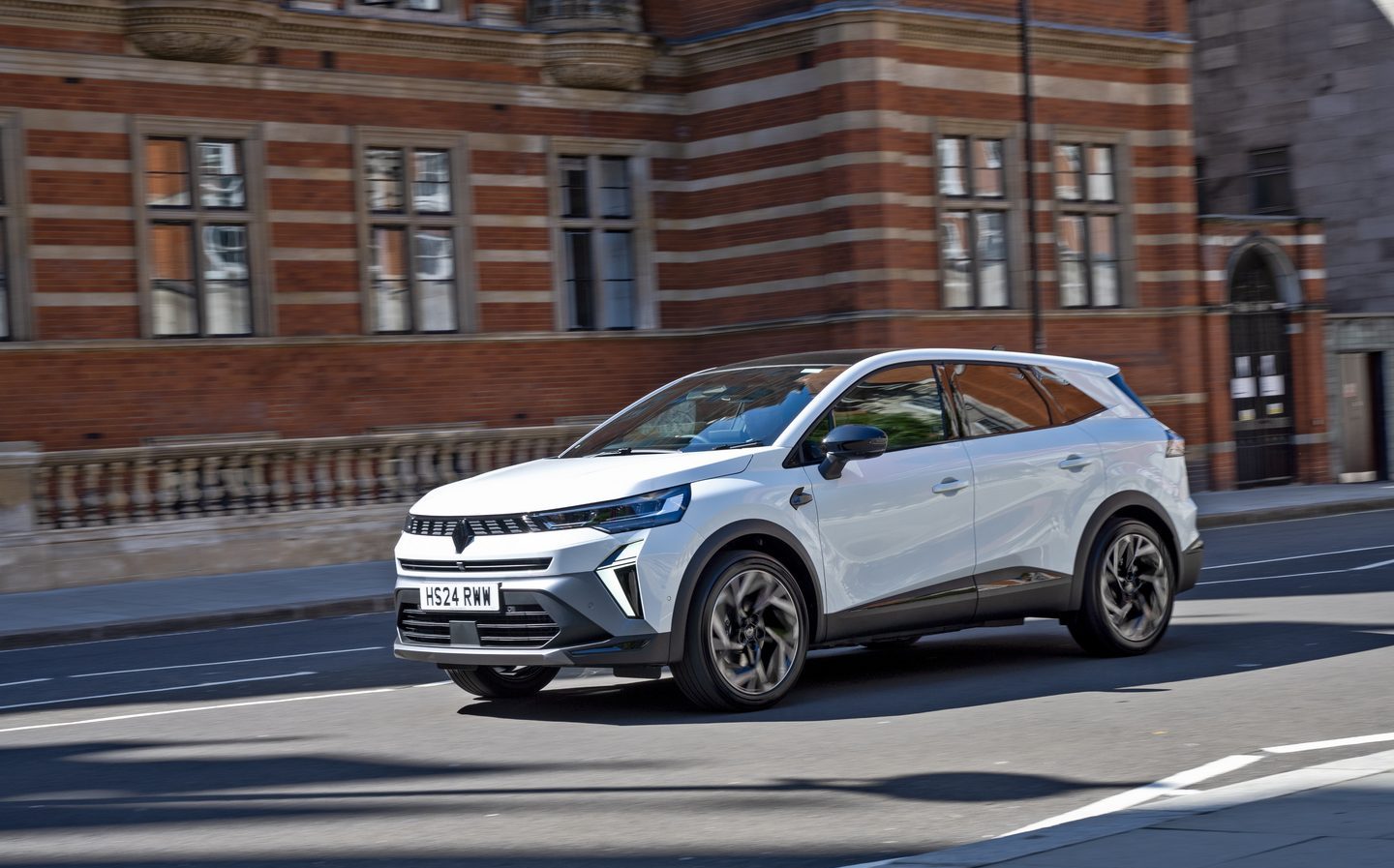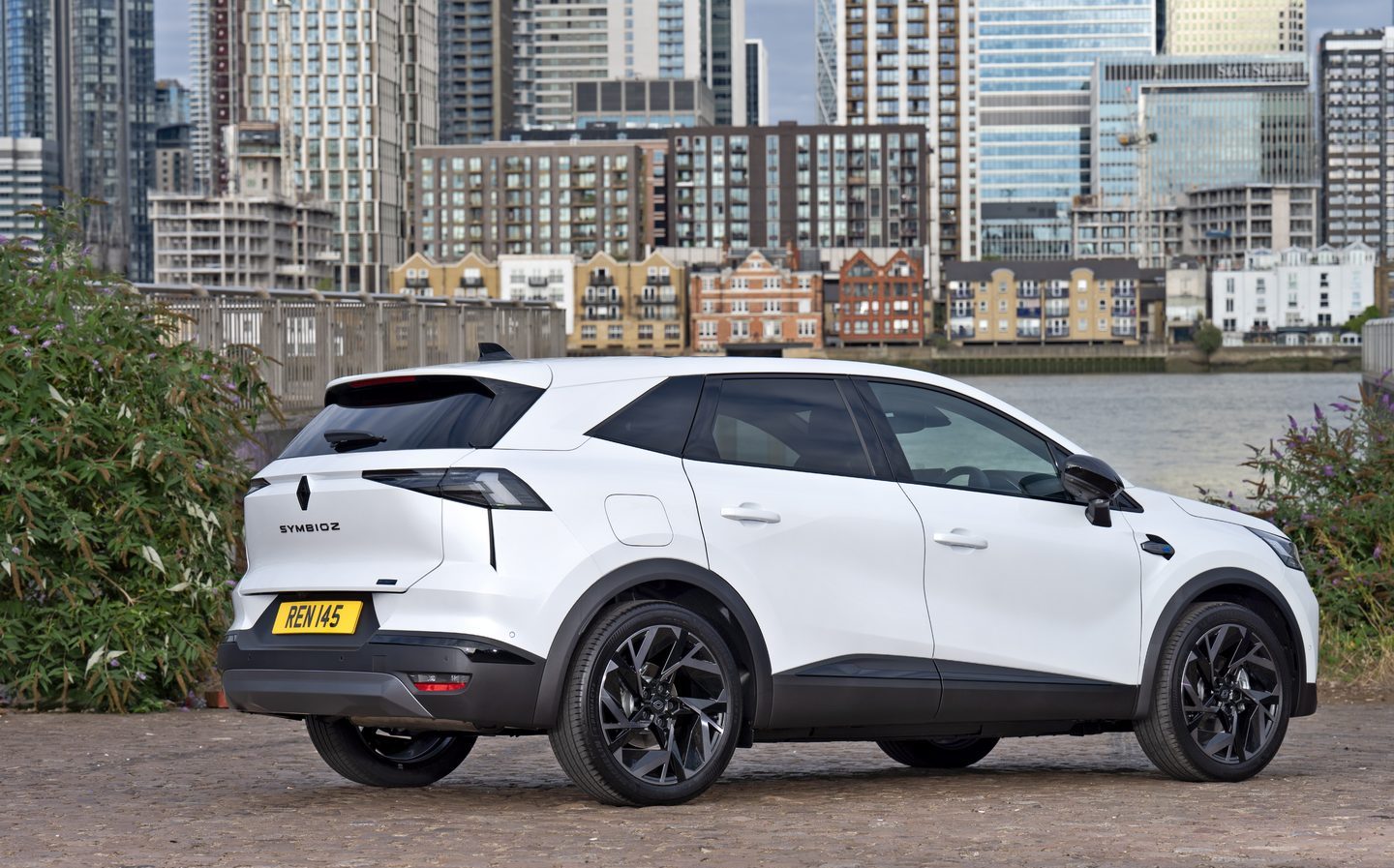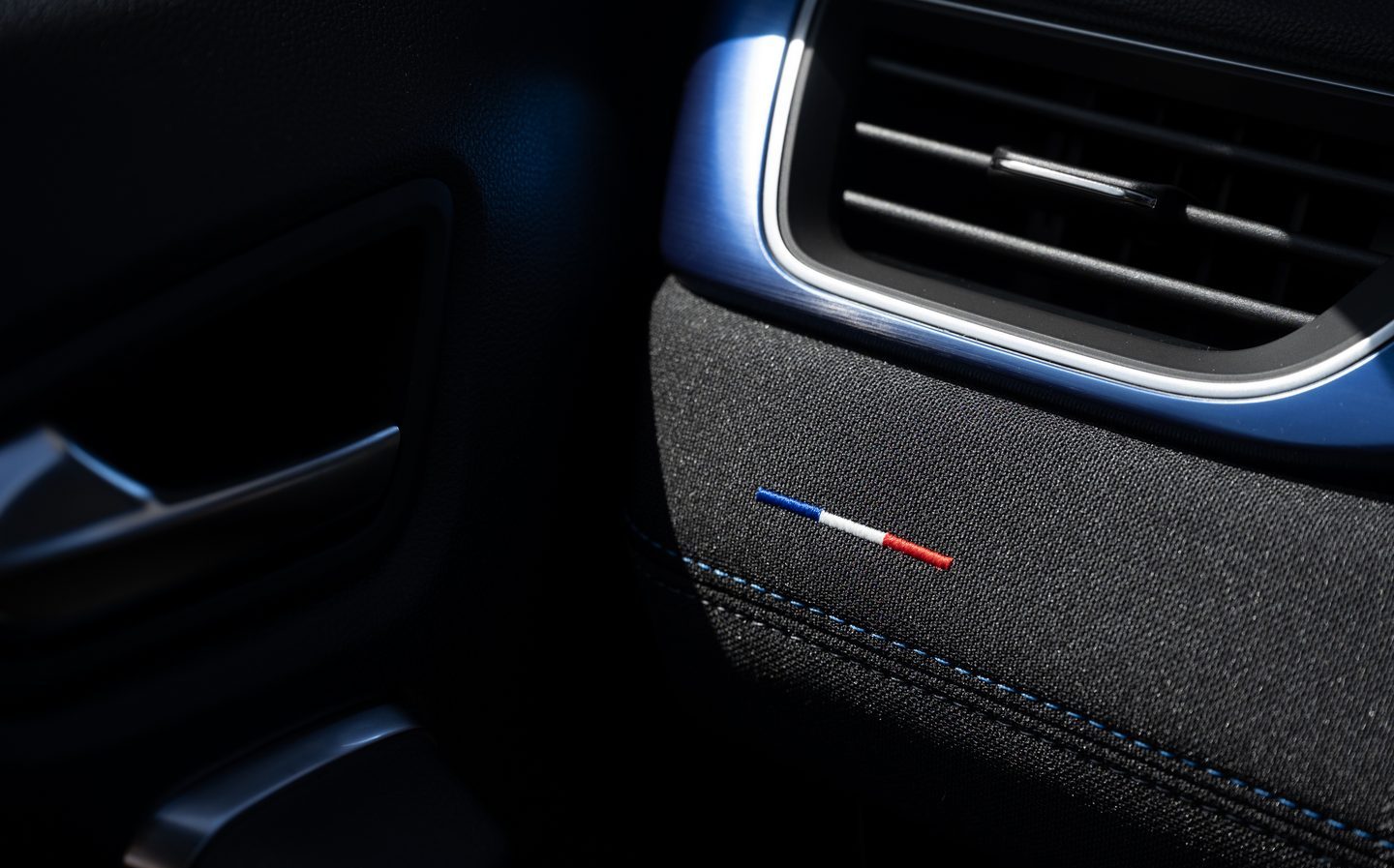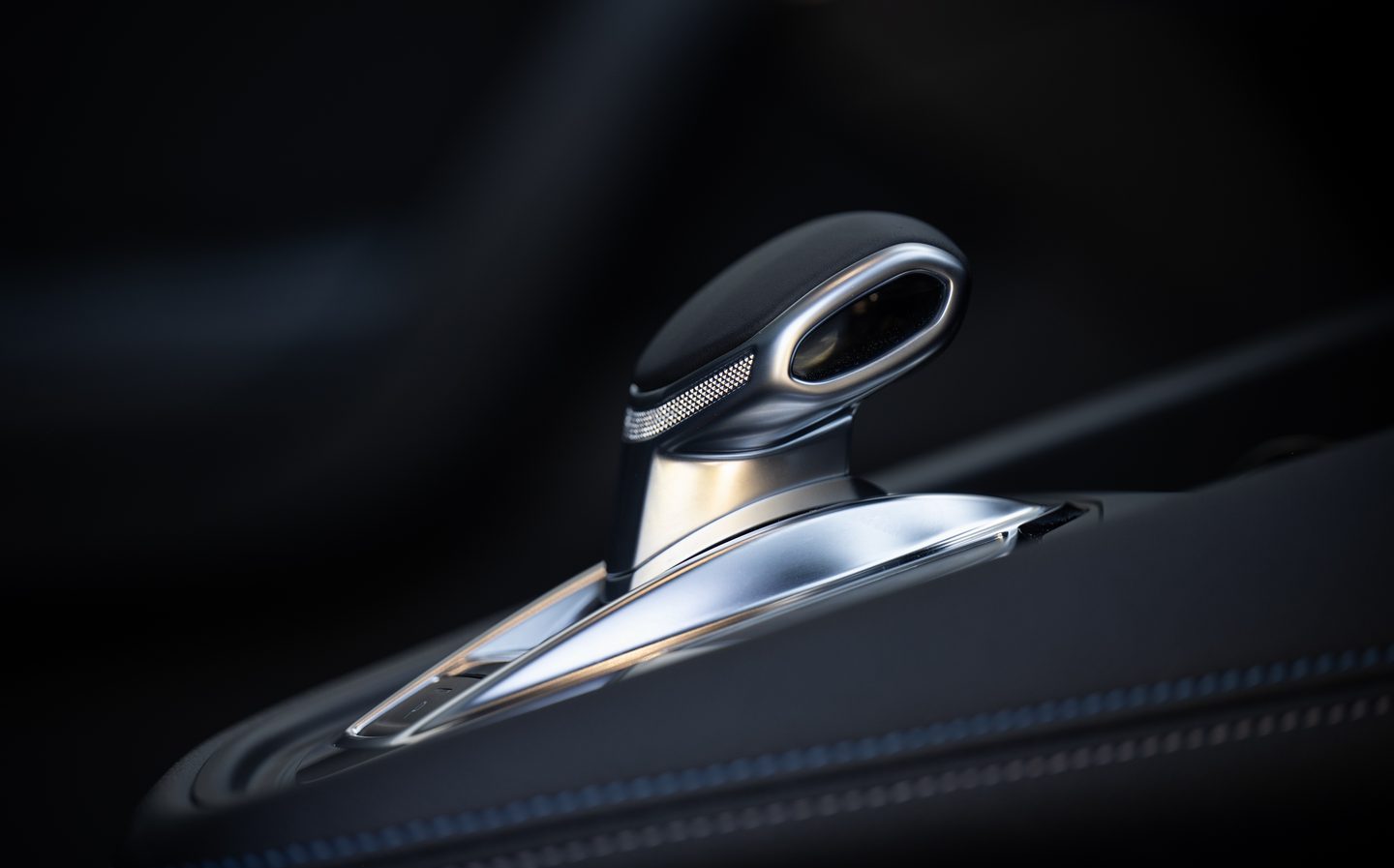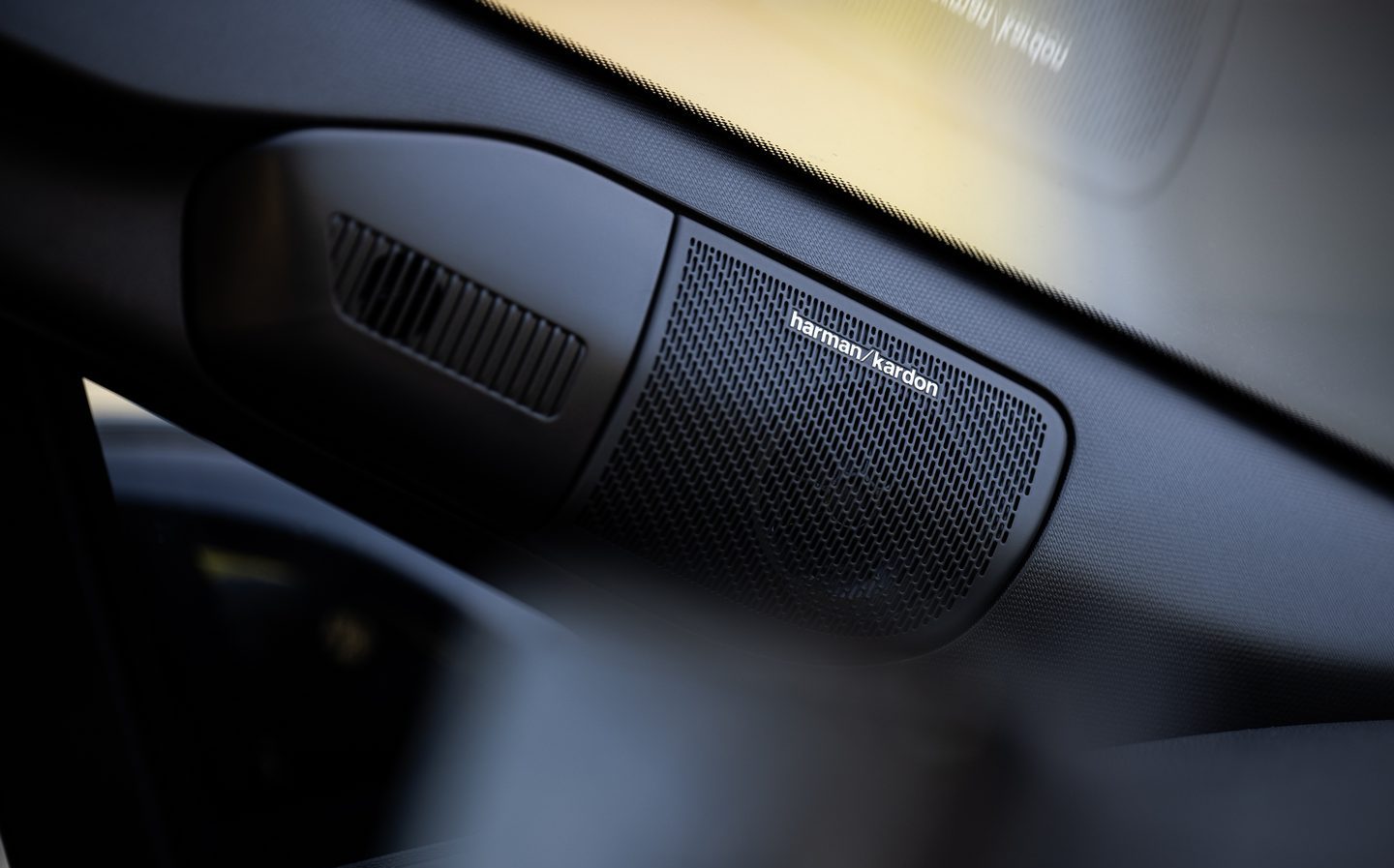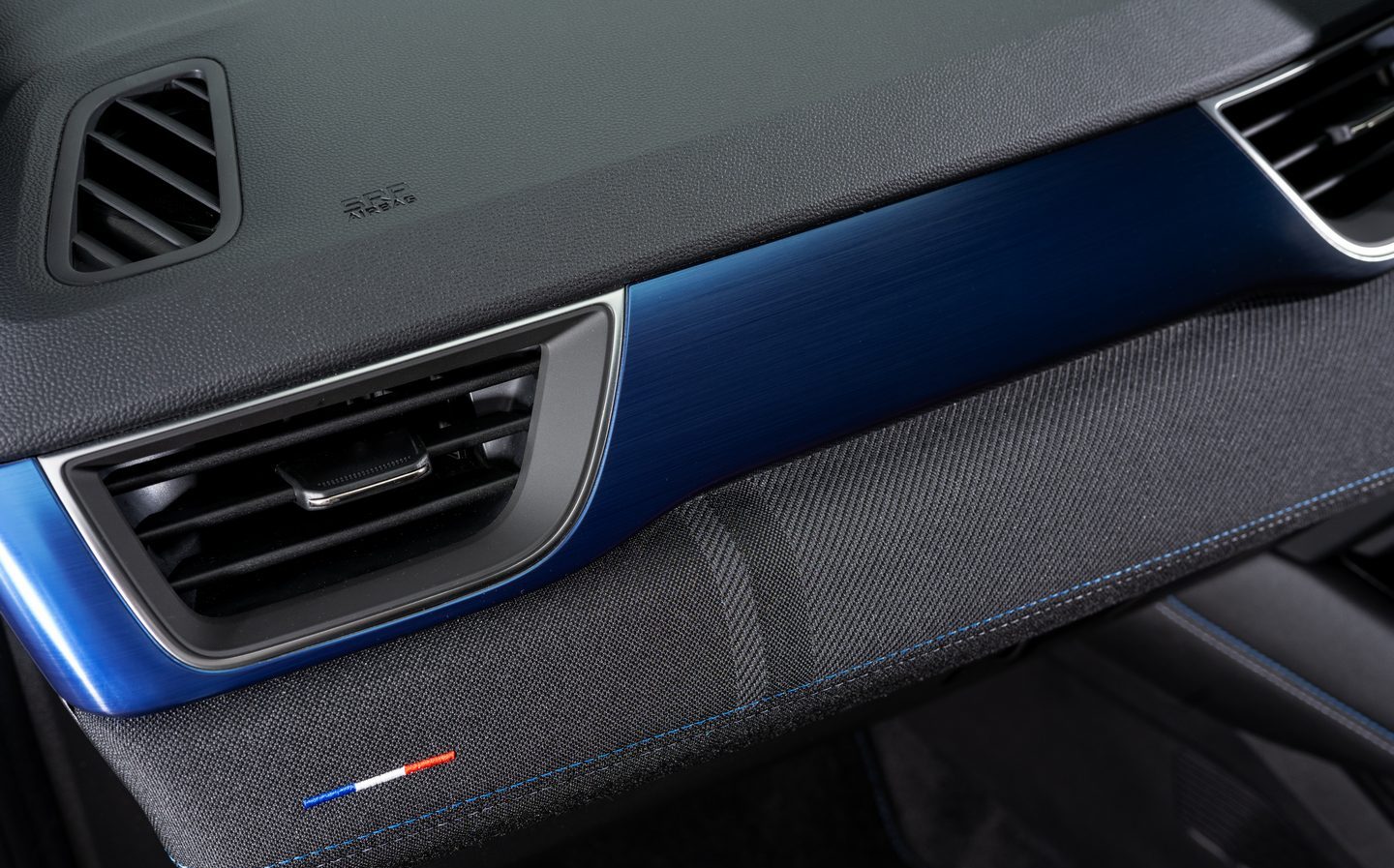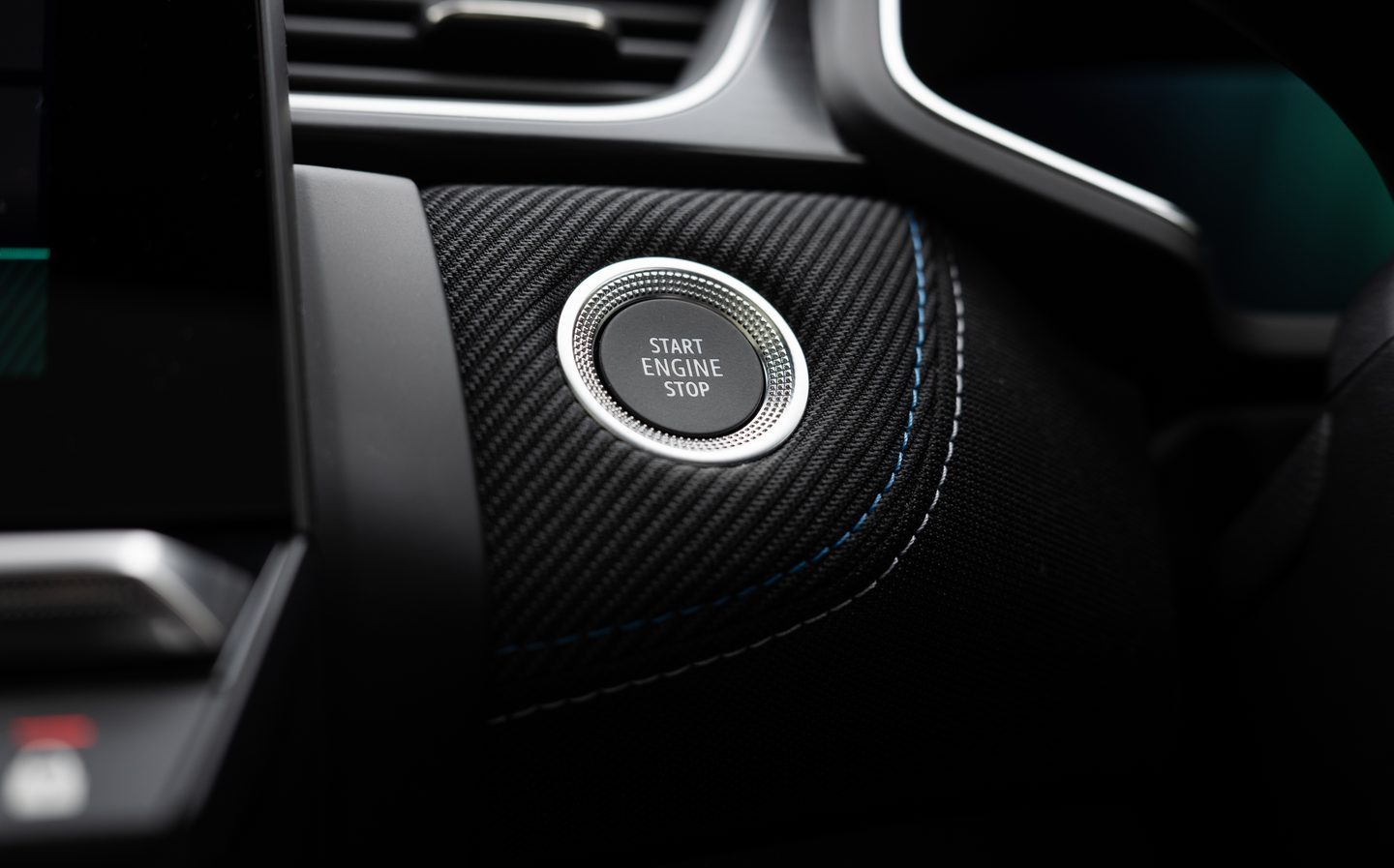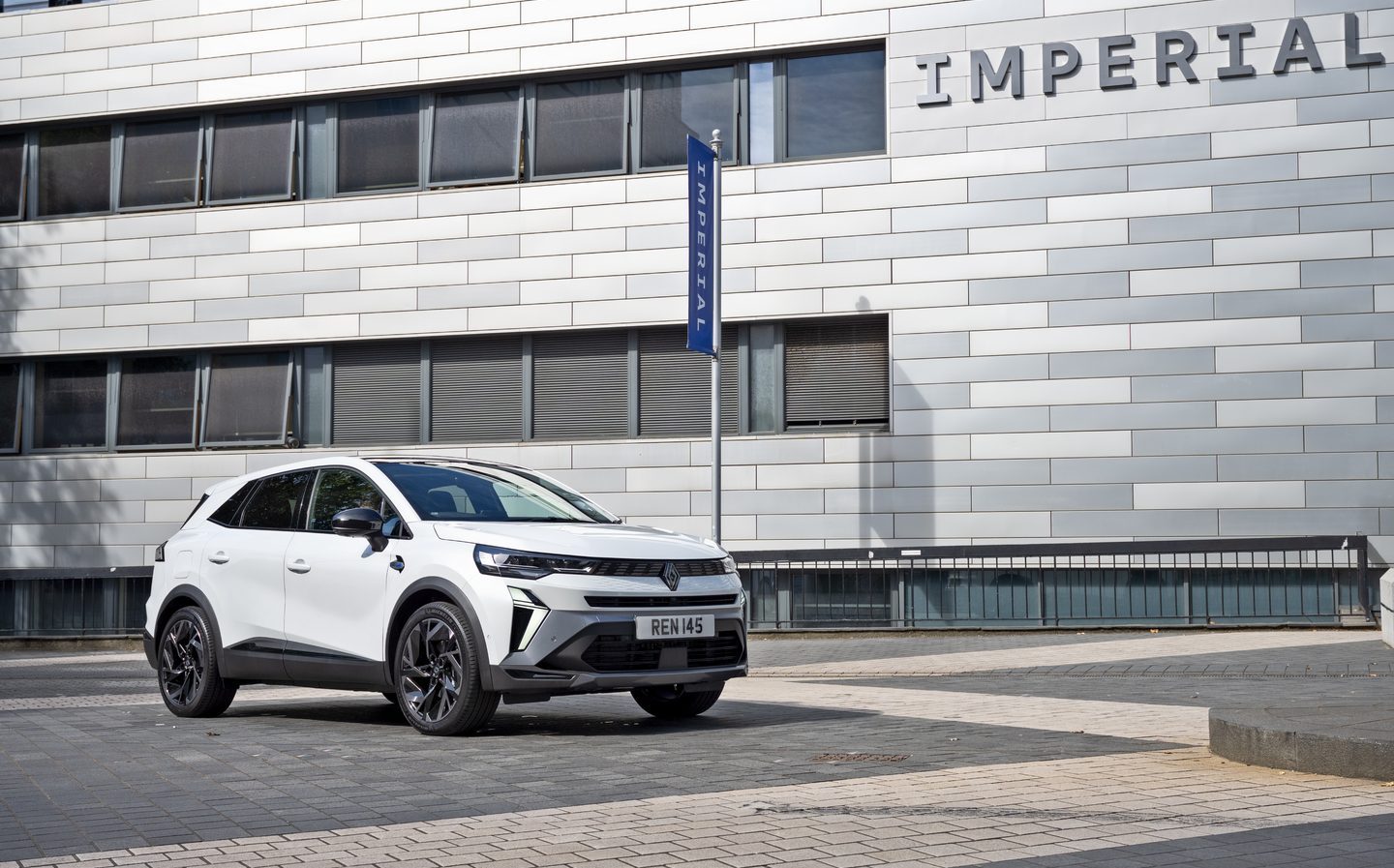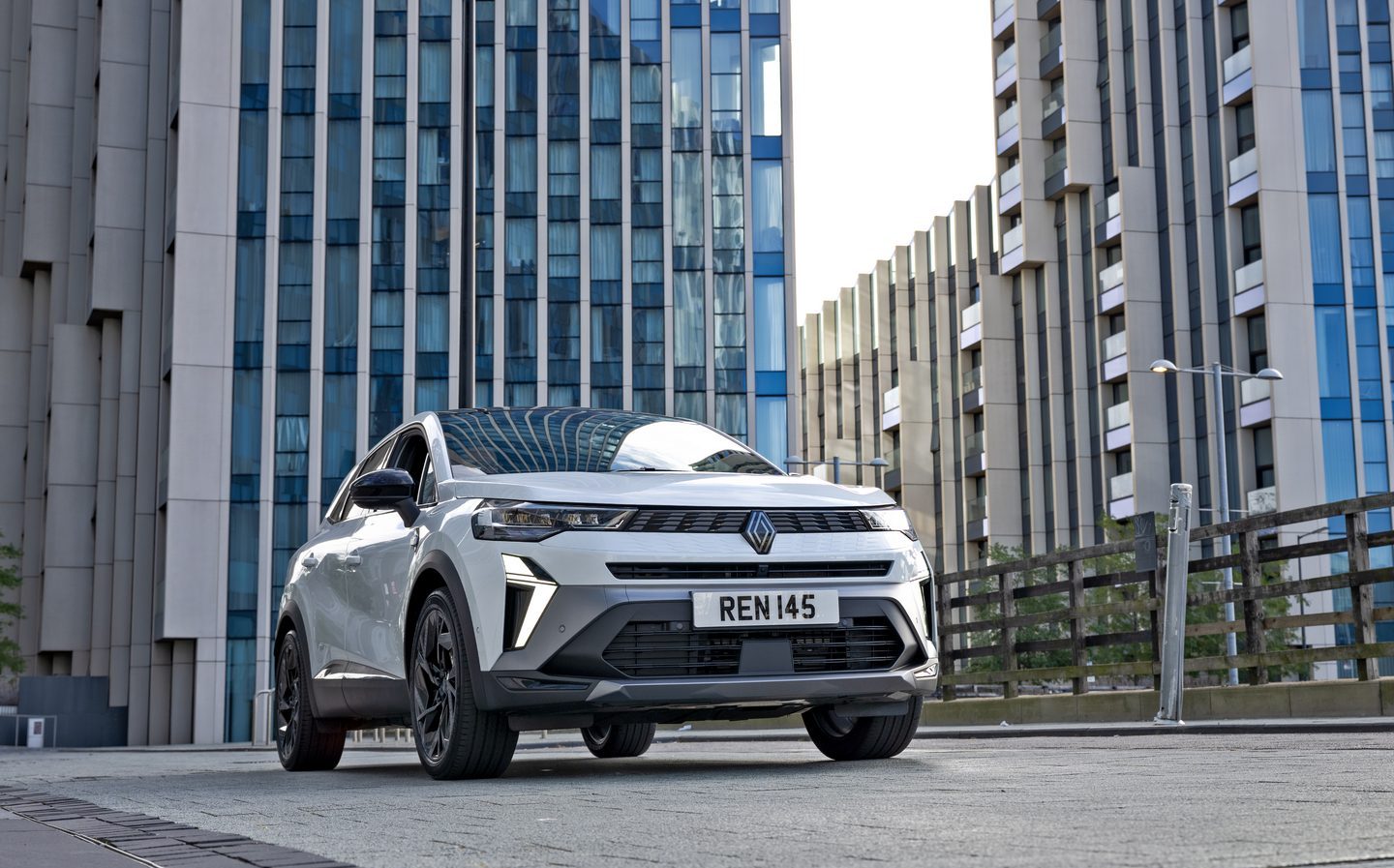Renault Symbioz E-Tech Hybrid 2024 review: Yet another famil-SUV enters the fray — does this one stand out?
Living together with this one would be fine, if not thrilling
Renault is not a manufacturer averse to the confusing. Think of the dash-mounted gear lever on the original Renault 4 (nod to the Citroën 2CV), with the linkage going over the top of the engine to a front-mounted gearbox. Or the time this oh-so-Gallic company put a 3-litre V6 in the middle of a humble Clio hatchback. Or how about the era at the beginning of the millennium, when the French outfit let chief designer Patrick le Quément run amok, resulting in the bonkers (and ill-fated) Avantime and Vel Satis models.
But even against that backdrop, trying to chart Renault’s 21st-century crossover and SUV lines is frankly baffling. In recent years, the firm has used the following names for 4×4-esque vehicles of varying, but remarkably similar, sizes: Captur, Kadjar, Koleos, Arkana, Rafale and Austral.
It’s made even more bewildering by Renault transforming its Scenic, originally an MPV (or “people carrier”, as they were known at launch), into yet another (albeit admittedly excellent) crossover-SUV with the arrival of the pure-electric all-new model earlier this year.
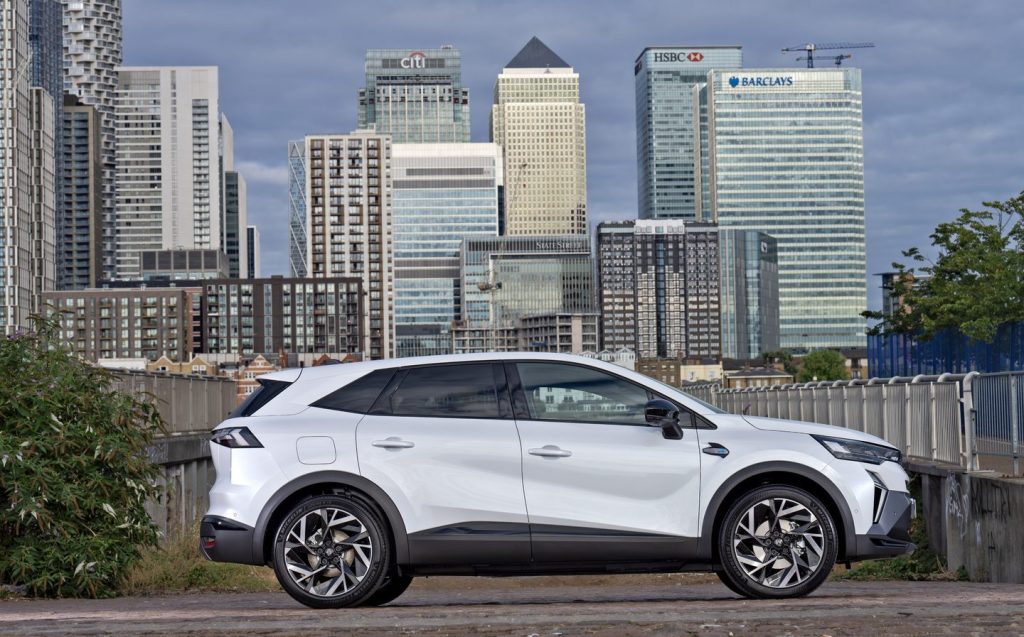
So, prepare yourself for more puzzlement, because here comes another one. It’s called the Symbioz, and it’s supposed to replace the Kadjar by slotting into a product gap between the Captur and the Austral, at the same time performing another role as the internal-combustion-powered analogue of that Scenic E-Tech electric vehicle (EV).
The thing is, even stripping out the names Renault has now dropped — these being the Kadjar and the Koleos — the company still has a lot of hard-to-distinguish crossovers clustered around the family-sized area of the market.
It also doesn’t help the new Symbioz’s case that while it’s a sharp-suited, attractive thing in its own way, it looks very similar to the Scenic and has the same front end as the smaller Captur, following a recent facelift of that model.
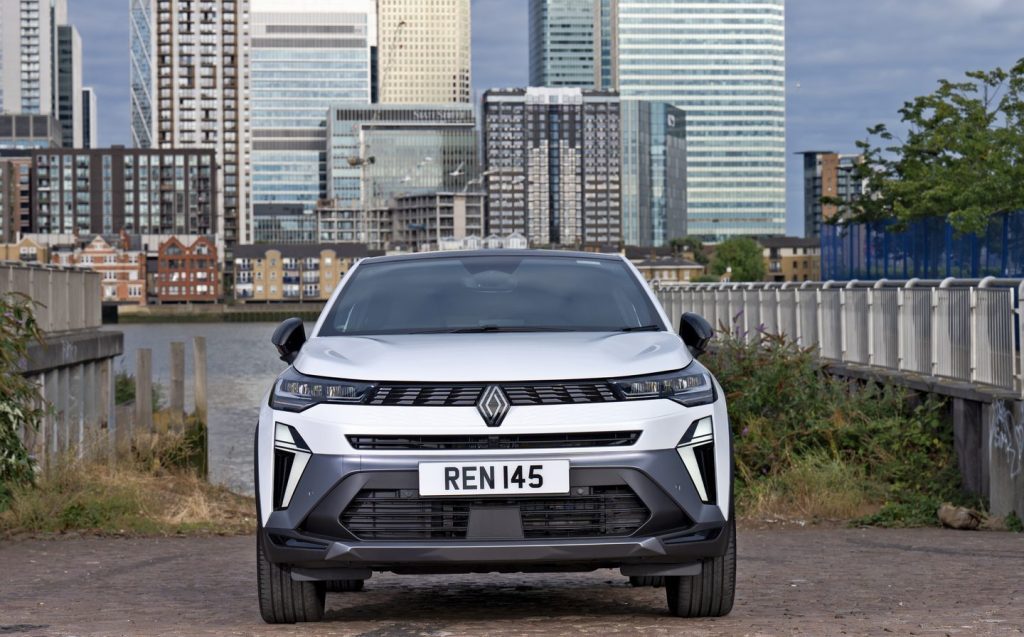
The Symbioz also has incredibly similar cabin architecture to the Captur, which doesn’t exactly lend it the aura of being a step above its more compact, longer-serving stablemate.
But if all this seems as if we’re forming an irrefutably negative opinion of the Symbioz, that’s not the case. It’s a pleasant, practical and refined crossover-SUV, though not one without its flaws, specifically relating to its hybrid drivetrain.
As already mentioned, externally the Symbioz is easy on the eye. All models feature at least 18in wheels, but a higher-spec model like our test car rolls on attractive 19in “Elixir” alloys.
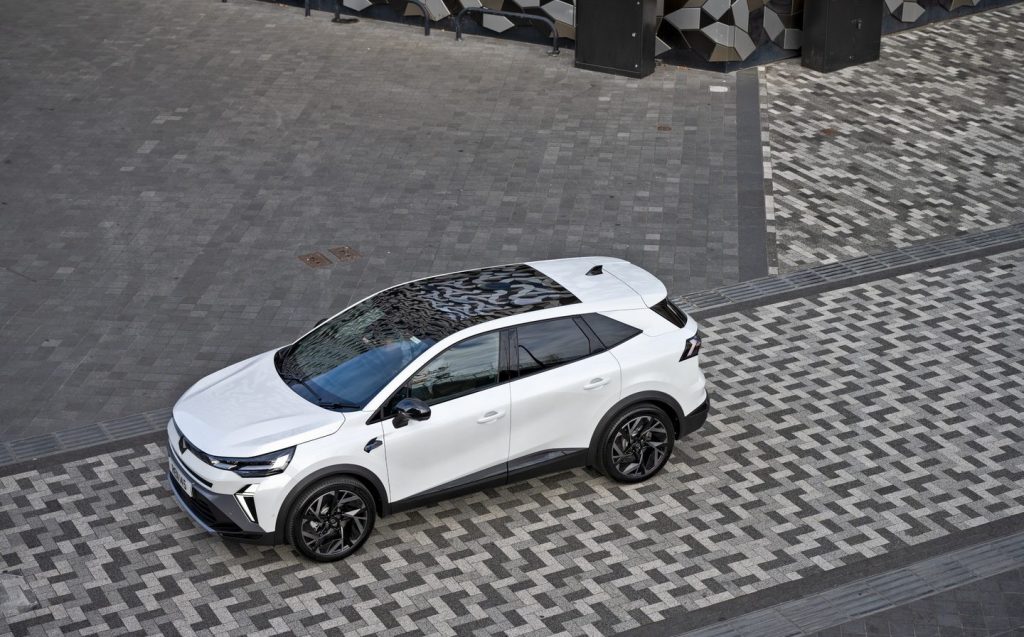
It’s also not a particularly long car, measuring little more than 4.4 metres tip to tail, which means that it remains easy to park and manoeuvre in tight urban areas.
Beyond that, there are the jagged daytime running lamps at the front and something called the Solarbay up top (shared with the Scenic), which is Renault-speak for a fancy panoramic sunroof with opacifying LCD technology in it. At the touch of a button, sections can be made clear or opaque, negating the need for an internal sunblind.
Clever stuff, and cool, too, a very cool wave effect as the glass darkens itself from back to front or vice versa. But it has the added benefit of increasing interior headroom.
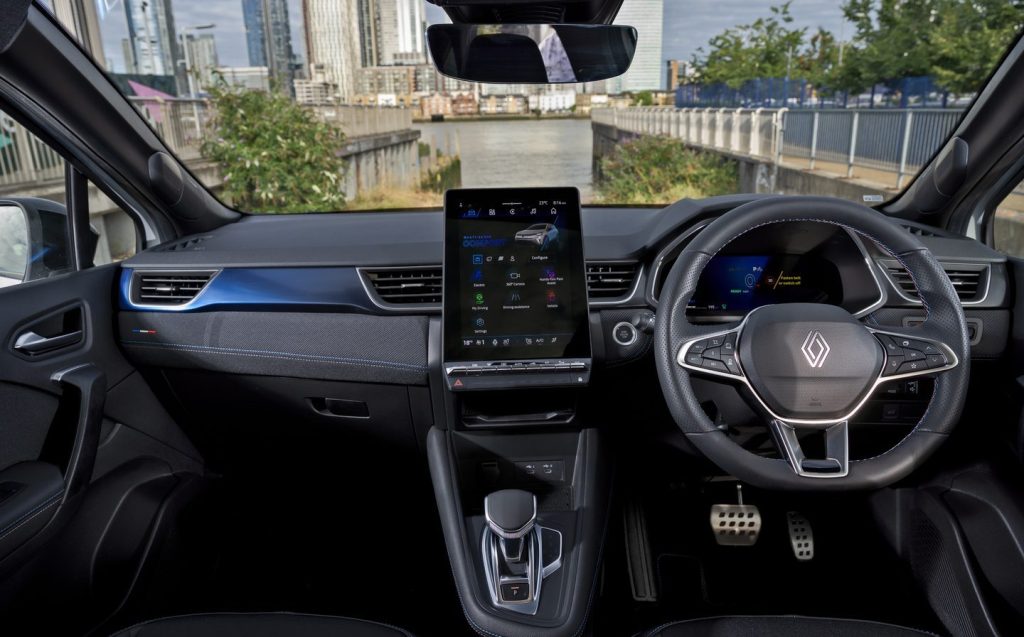
Speaking of interior practicality, the Renault’s sheer material quality up front is complemented by plenty of space in the second row of seating, which can slide backwards and forwards by up to 16cm.
This means you can configure the Symbioz’s passenger-to-luggage requirements by either fully sliding the rear bench back and blessing your rear-seat occupants with 221mm of kneeroom, resulting in a 492-litre boot — or, if you’re carrying smaller passengers, then a massive 624 litres of capacity can be liberated by pushing those rear seats right forward.
It’s the kind of clever interior configurability that Renault has been known for ever since it launched the Espace, 40 years ago.
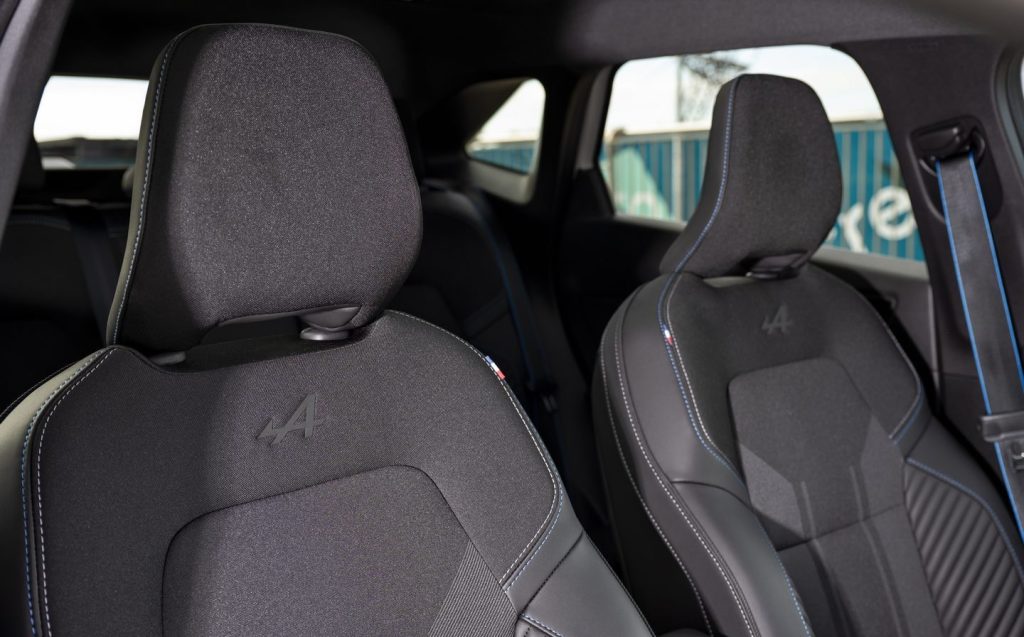
Technology in the Symbioz is managed by the upright OpenR Link touchscreen infotainment, which measures 12in in the mid- and top-spec models in the range. Base cars make do with a 10.4in screen, while all versions have a 10.25in digital driver’s display.
The mapping in the Symbioz’s infotainment is handled by Google, which is excellent, and the car should keep the tech-savvy happy with features such as wireless smartphone integration and charging, plus features such as adaptive cruise control, a rear-view camera and decent driver-assist technology on all models.
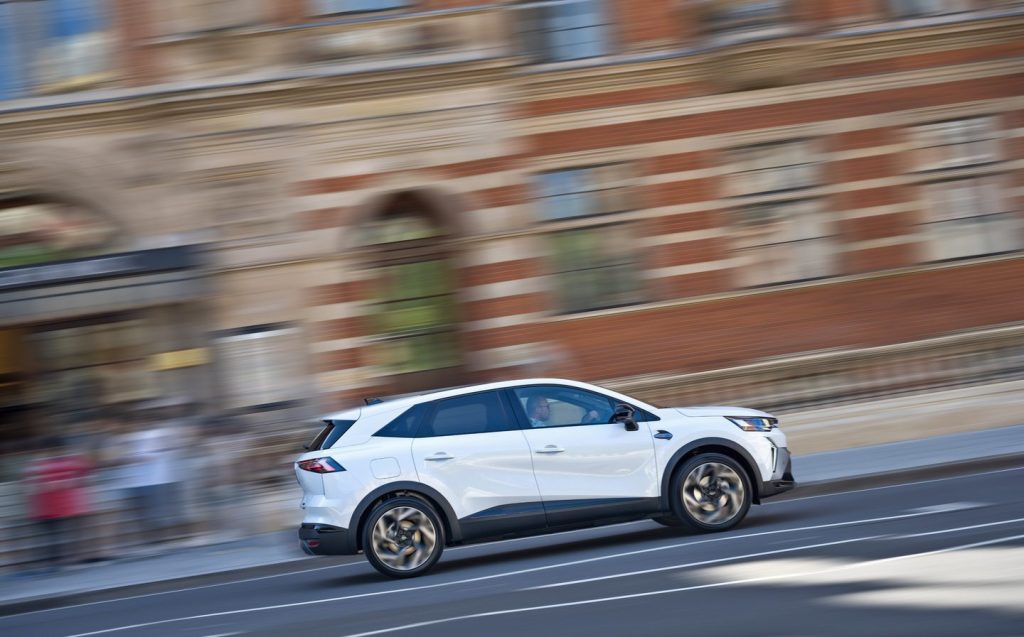
Grander versions also enjoy luxuries such as a hands-free tailgate, heated and electrically adjustable front seats, a 360-degree 3D around-view camera system, and a nine-speaker Harman Kardon premium stereo.
With the Scenic E-Tech already fulfilling EV duties in this sector of the market for Renault, the Symbioz relies exclusively on hybrid running gear instead. This is a widely-used system, having already been seen in the Clio, Captur and Arkana models in Renault’s range, as well as in related vehicles such as the Nissan Juke, employing a 95bhp 1.6-litre petrol engine, a 39kW (52bhp) electric motor and an 18kW (24bhp) starter-generator.
Combined they result in up to 143bhp and 184lb ft of torque (twisting force), which isn’t huge amounts of go but it is good enough for a 0-62mph time of 10.6 seconds, partly thanks to the Symbioz weighing less than 1.5 tonnes — half the weight of some similarly-sized EVs. The fuel economy figure is impressive, too, at an official 60.1mpg, and just 105-108g/km of CO2 come out of the back; it wasn’t long ago that city cars dreamt of that kind of tree-huggery.
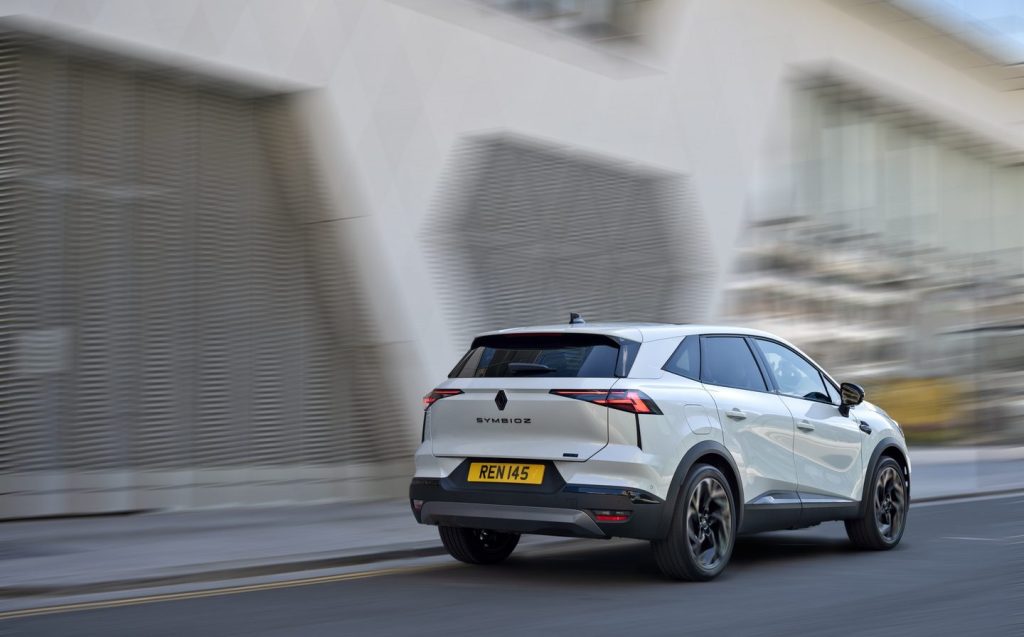
In truth, the latest Renault crossover drives in a polished and amenable fashion, but it does nothing which makes it leap out dynamically among a tough crowd of competitors.
For instance, the handling isn’t particularly memorable. It’s not bad, with good control of the body and reasonably accurate steering being the Symbioz’s major strengths, but it’s not especially sporty — a characteristic which is usually associated with even run-of-the-mill Renaults.
That said, higher-riding, everyday vehicles like this do not need to be sparkling in the corners and some of the main rivals Renault has identified, such as the Nissan Qashqai, Toyota C-HR, Kia Niro and Peugeot 2008, aren’t any sharper to drive.
Where the Symbioz really strengthens its case is with excellent refinement and a high standard of ride comfort. Even on large 19in wheels (with the associated thinner tyre sidewalls), very rarely will you be able to discern much about the road surface beneath, while the passenger compartment is admirably isolated from external noise contributors too.
The main issue with the Symbioz, as with any Renault (or Nissan) product using this hybrid running gear, relates to the transmission. It’s called a “dog ‘box” and it’s a multimode unit with four forward gears plus two further electric motors. Renault says it takes inspiration from F1 technology.
To be fair to the French company, the mannerisms of it have been significantly improved since we first tried it a few years back in an Arkana, but it’s still a gearbox which does some odd things that a straightforward dual-clutch or traditional torque-converter automatic would not.
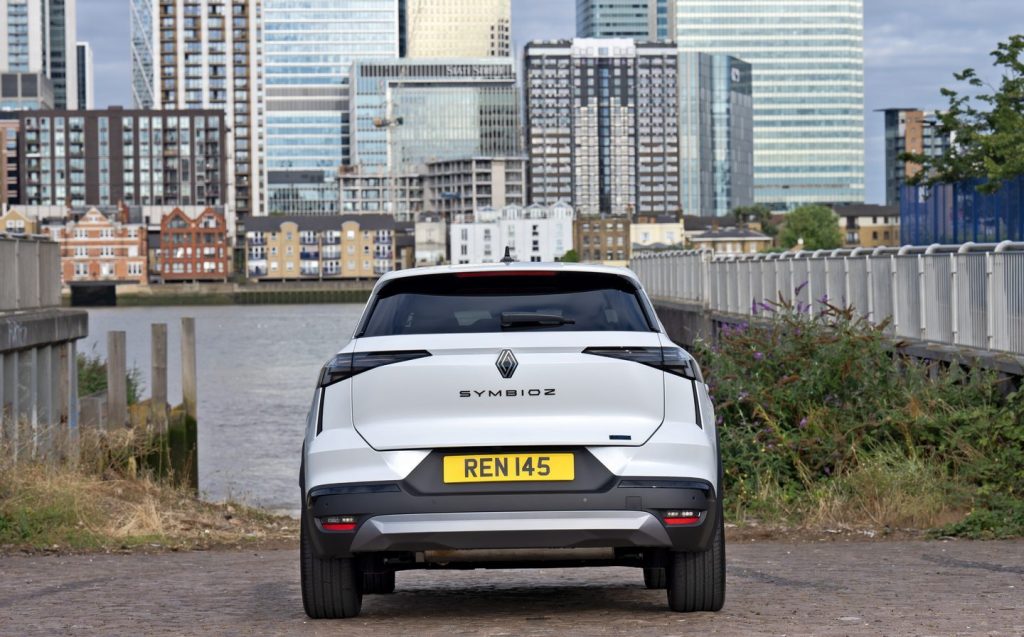
The entire drivetrain in the Symbioz is at its best when you don’t exert it much beyond 40 per cent. Keep it below that point by being gentle with the throttle and the transmission slushes gear changes quite smoothly and unobtrusively. The engine remains demure and subdued at lower revs, too.
But if you decide you’re going for a single carriageway overtake, you need to plan it well in advance. Plant the throttle and it takes the gearbox a while to work out it needs to shift down, and once it has then the engine revs jump and the engine sounds coarse.
Subsequently, the next upshift will take remarkably long to complete, so this transmission is hardly the last word in effortless silkiness.
However, judged overall the Symbioz is a likeable and competent thing. It’s reasonably priced, well equipped and it drives sweetly enough, provided you never thrash it. As these smaller, family-oriented crossovers go, it does lots of things well and few things notably badly.
The problem is, so does the multitude of other crossovers already in Renault’s ranks. And so do the huge glut of competitors that are already out there in this market sector, many of which have far more established and understood nameplates in consumers’ minds than “Symbioz”.
This Renault really needed to do something remarkable and standout to make it, well… stand out in a congested, highly competitive field. But frankly, unless you’re a dedicated diehard of the French brand, or you’ve got a Renault dealership right at the bottom of your street for maximal convenience, we can’t think of a shiningly obvious reason to recommend the Symbioz, even though it’s patently a good little car.
Which is why we’re confused by it. This hybrid doesn’t feel like it genuinely fits in between the Captur and Austral like it is supposed to in Renault’s model line-up. And in terms of size, it’s basically the Scenic EV with hybrid power. All of which means that unless you’re massively opposed to pure electric cars, we’re not sure precisely what brief the Symbioz is trying to fulfil.
Related articles
- If you found our review of the Renault Symbioz interesting, you may want to read about the rather more exciting new, all-electric Renault 5
- Also take a look at our review of the Renault Scenic 2024
- Looking for electric options instead? Here are the top 10 longest-range electric cars
Latest articles
- Lewis Hamilton wants to design a modern day Ferrari F40 with manual gearbox
- Dacia Bigster 2025 review: The ‘anti-premium’ family SUV that punches above its weight
- Your car’s worn tyres could be being burnt illegally in India, investigation reveals
- Open-top 214mph Aston Martin Vanquish Volante is world’s fastest blow-dry
- F1 2025 calendar and race reports: The new Formula One season as it happens
- Alfa Romeo Junior Ibrida 2025 review: Hybrid power adds an extra string to crossover’s bow
- Top 10 longest-range electric cars: all with over 400 miles per charge (officially)
- Renault 5 Turbo 3E ‘mini supercar’ confirmed with rear in-wheel motors producing 533bhp … and insane levels of torque
- British firm Longbow reveals ‘featherweight’ electric sports cars with 275-mile range


